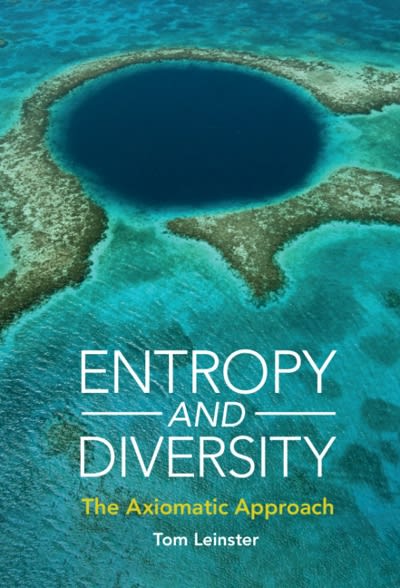Question
A manufacturer of interocular lenses is qualifying a new grinding machine and will qualify the machine if there is evidence that the percentage of polished
A manufacturer of interocular lenses is qualifying a new grinding machine and will qualify the machine if there is evidence that the percentage of polished lenses that contain surface defects does not exceed 2%. A random sample of 250 lenses contains six defective lenses.
(a) A manufacturer of interocular lenses is evaluating a new grinding machine and will qualify the machine if there is evidence that the percentage of polished lenses that contain surface defects does not exceed 2%.
Formulate and test an appropriate set of hypotheses to determine if there is evidence that the percentage of polished lenses is less than 2%. Use = 0.05. What is your alternative hypothesis?
| a. | p 0.02 | |
| b. | p > 0.02 | |
| c. | p = 0.02 | |
| d. | p < 0.02 |
(b) A random sample of 250 lenses contains 6 defective lenses. What is your conclusion about the hypothesis test from the previous question regarding the value of p (the true population parameter) at = 0.05?
| a. | Reject the null hypothesis, which means you conclude the population proportion p is not less than 0.02. | |
| b. | Fail to reject the null hypothesis, which means you conclude the population proportion p is not less than 0.02 | |
| c. | Reject the null hypothesis, which means you conclude that the population proportion p is less than 0.02. | |
| d. | Fail to reject the null hypothesis, which means you conclude that the population proportion p is less than 0.02. |
Step by Step Solution
There are 3 Steps involved in it
Step: 1

Get Instant Access to Expert-Tailored Solutions
See step-by-step solutions with expert insights and AI powered tools for academic success
Step: 2

Step: 3

Ace Your Homework with AI
Get the answers you need in no time with our AI-driven, step-by-step assistance
Get Started


